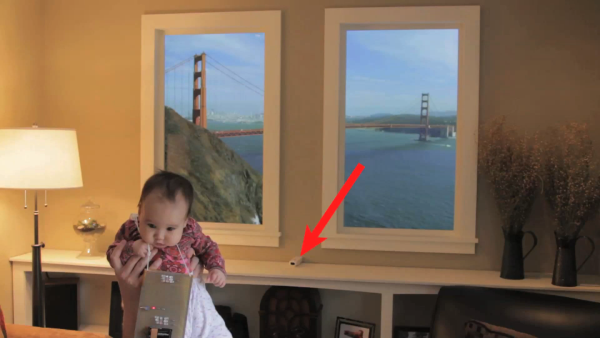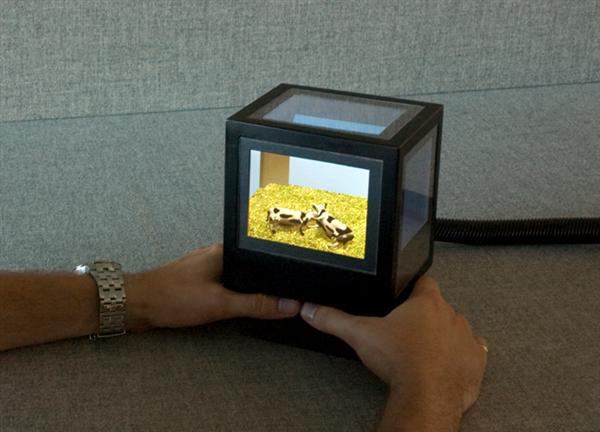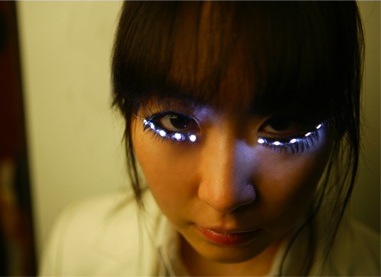

It looks good. It looks modern. The only problem I have with the design is that big freakin’ blue stripe down the middle.
Compared to the $5 unveiling in 2007, the video for the new $100 bill, it’s well produced. The music. The animation. The design of the bill, all says modern, says 21st Century. It’s down right patriotic. Honestly, when I see the difference between these videos (and the 2007 video is down right embarrassingly bad) and and the change in administrations, I think it’s intentional. The government runs poorly under conservatives, because they want to say the government does a bad job. Just like how health, safety, tax, and other regulatory enforcement goes down under these “law an order” administrations, because they don’t like the law, but don’t want to be put on the spot arguing for say, more arsenic in drinking water. But I digress.
The color is tasteful. While it’s bolder than the post-2003 $20, $50, $10, and $5, it’s still predominately green, and still looks American. I really like the color shifting liberty bell in the inkwell. While the microlenses in the blue stripe are interesting, that strip is just horrible. It looks like someone forgot to take a plastic wrapper off of it or something.
I would love to see every bill similarly redesigned. And while I understand, that printing new $2 bills is somewhat sporadic due to concerns of flooding the market with them, (Last printed September 2006.) I’d still love to see a new $2 bill and a new $1 bill. It irks me to no end that, that the last time I had a wallet containing American currency with a consistent look was 1999.
What would the other bills look like? Would the color of the portrait’s face, and low-vision numerals change? Would the background image and inkwell and liberty bell to somehow reflect on the person pictured? If so, what would they be? I want all these questions answered. Damnit, bitch. Give me my money! ;)






